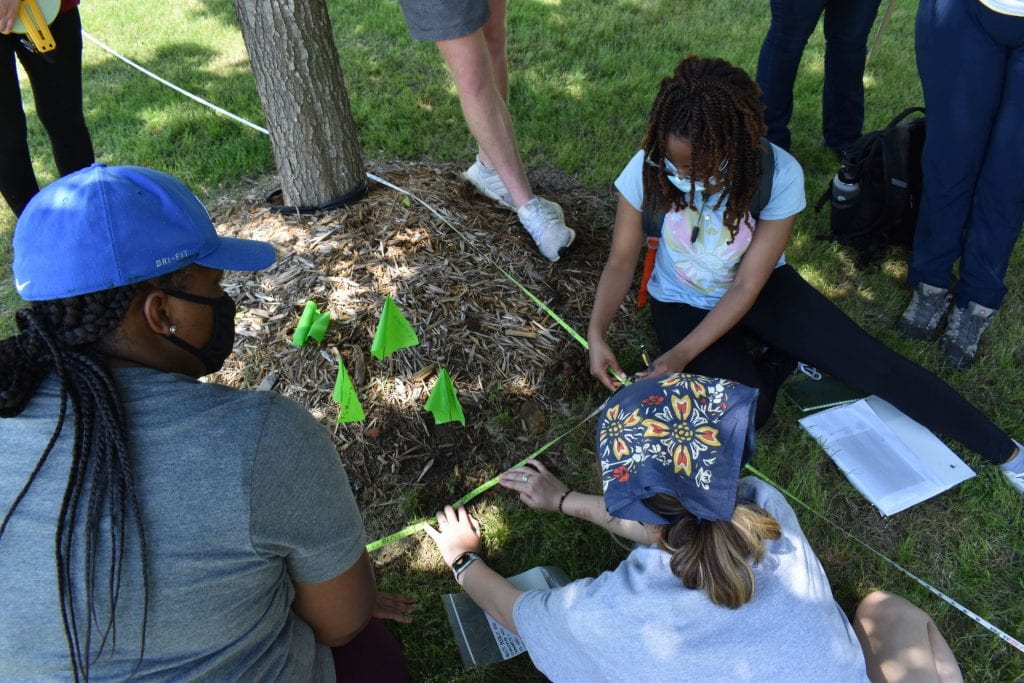The class is made up of a mix of undergraduate and graduate students, who are using archives, archaeology, genealogy, oral history, digital storytelling, and geospatial tools, to learn the power of counter mapping and vernacular history collection to challenge mainstream, single story narratives of history and reimagine cultural heritage landscapes. Divided into three parts, this course explores the historical context of the past, the tools used in the present to integrate this history, and how we can build a more just future going forward. Blending archaeology, history, and digital humanities tools, students will trace the stories of Black families in Oklahoma from removal and displacement to the establishment of Black colleges, towns, and one of the most prosperous communities in the world- Tulsa’s Black Wall Street. As we examine the role that race played in Oklahoma’s shifting landscape and the lasting impact of the Tulsa Race Massacre 100 years later, students will explore common topics in Oklahoma history specifically from the perspective of the Black men, women and children who lived during these times and the objects they left behind. Course topics include the early intersections of race within Indian Territory and the fight for Freedpeople’s rights, Black war veterans and Buffalo Soldiers on Oklahoma’s frontier, Black cowboys and lawmen/women, Oklahoma’s All-Black Towns, Anti-Black Violence and Community Resilience, the search for safety in the Jim Crow South, and stories of success even in the midst of a landscape of racial terror.
